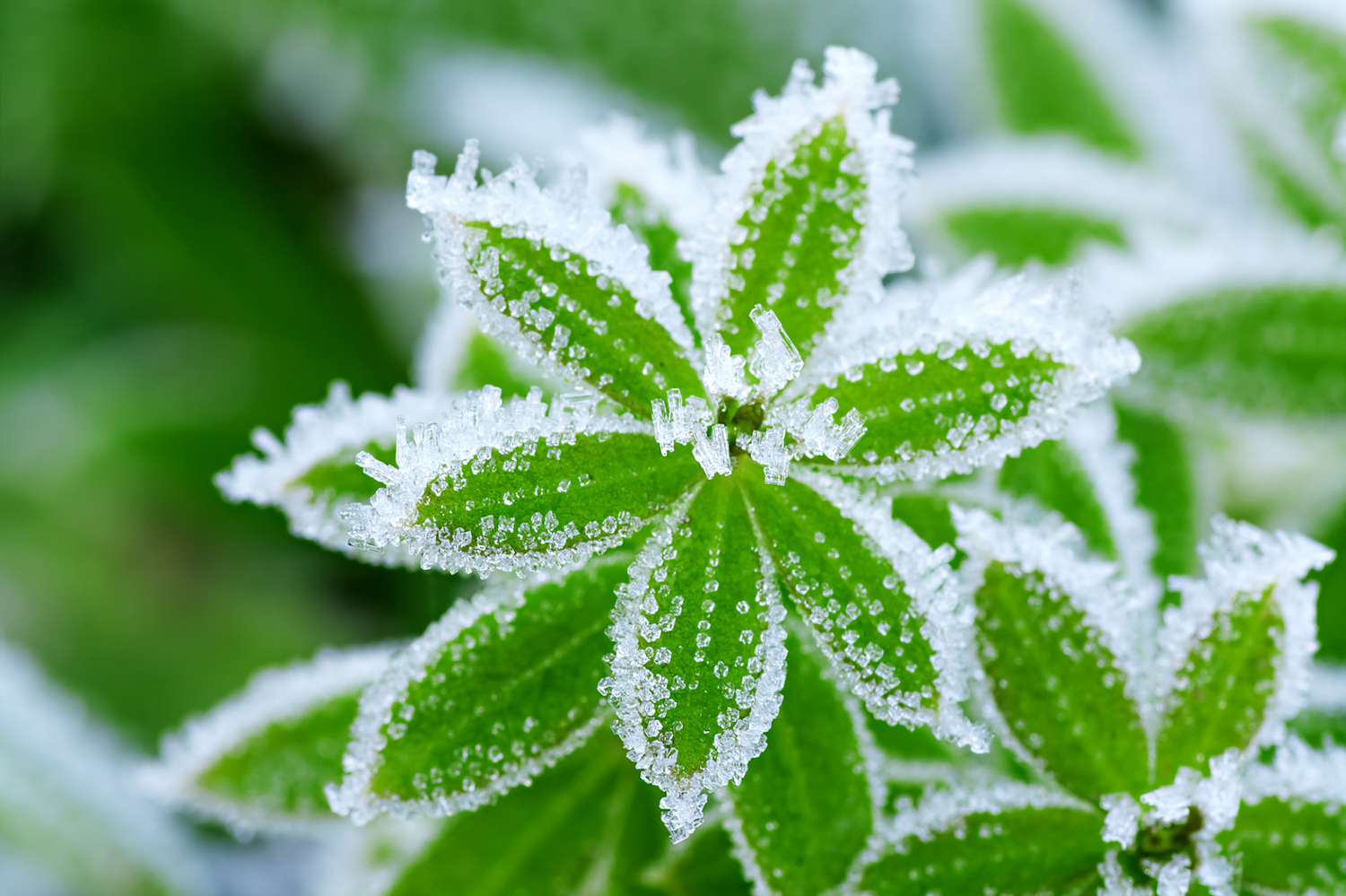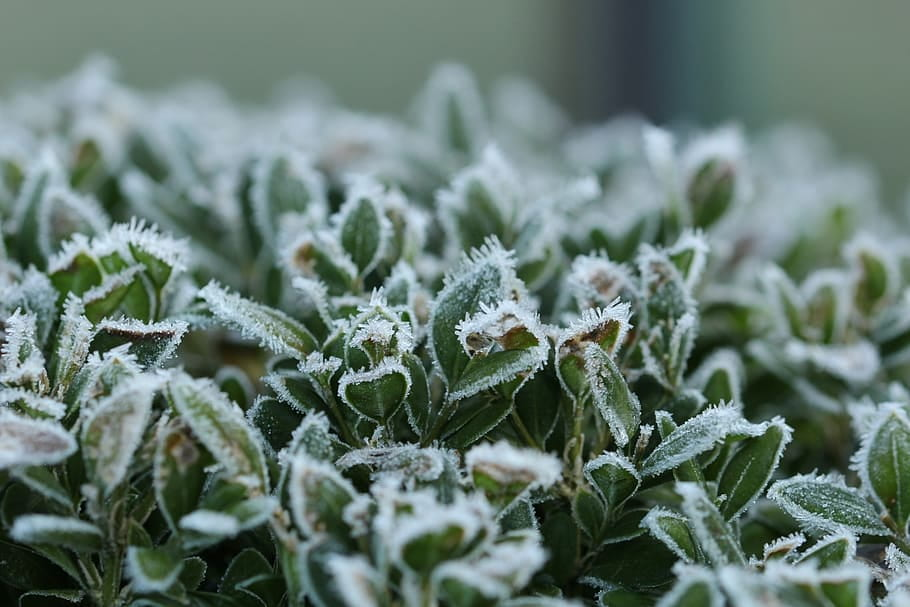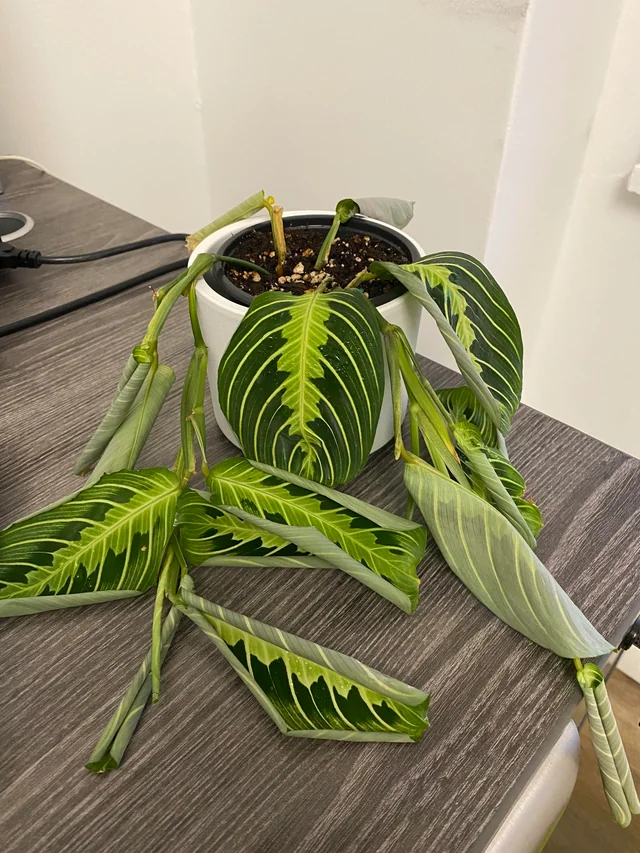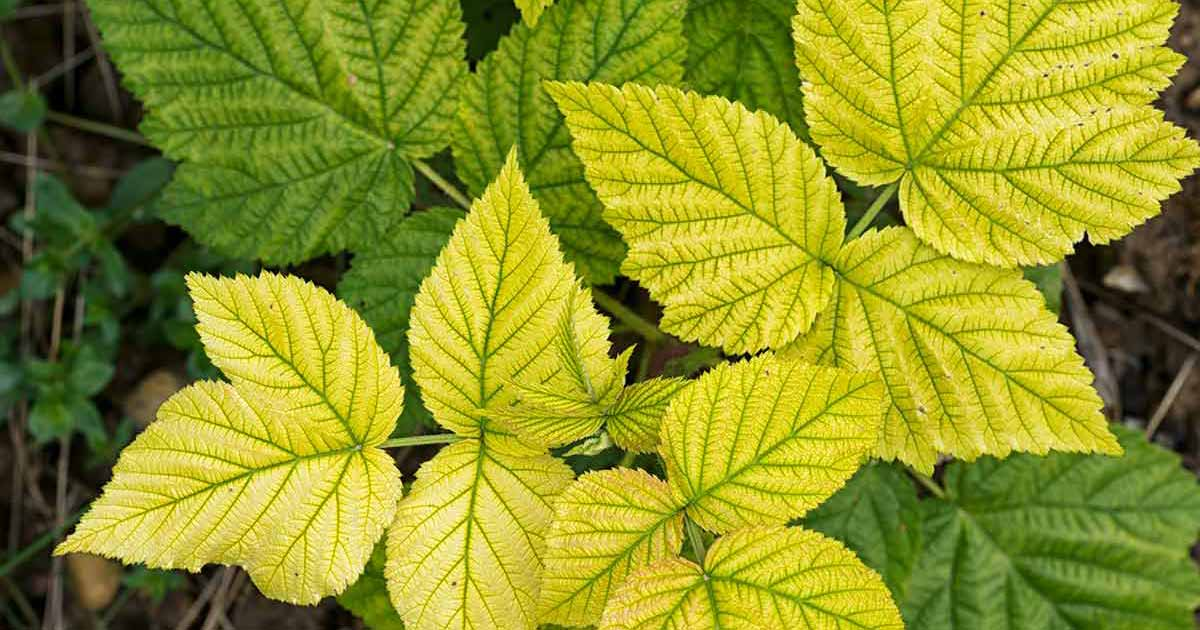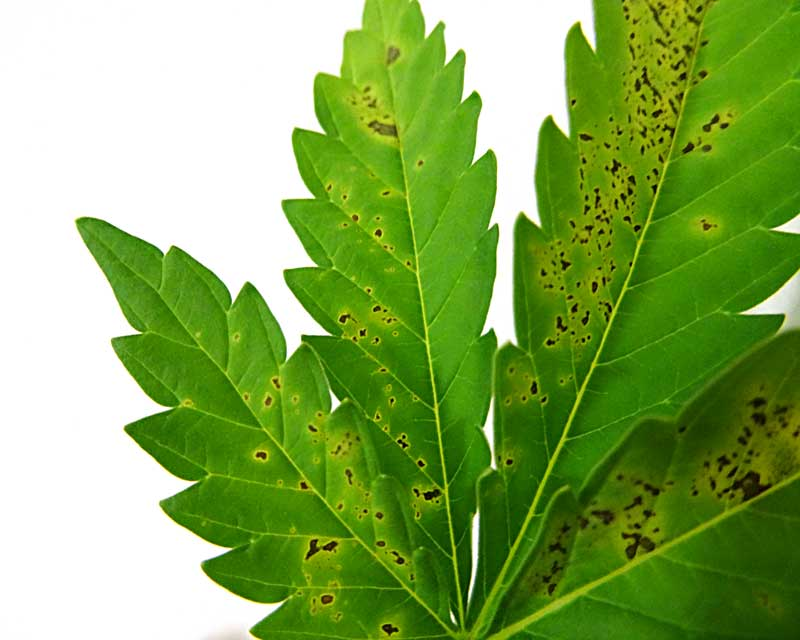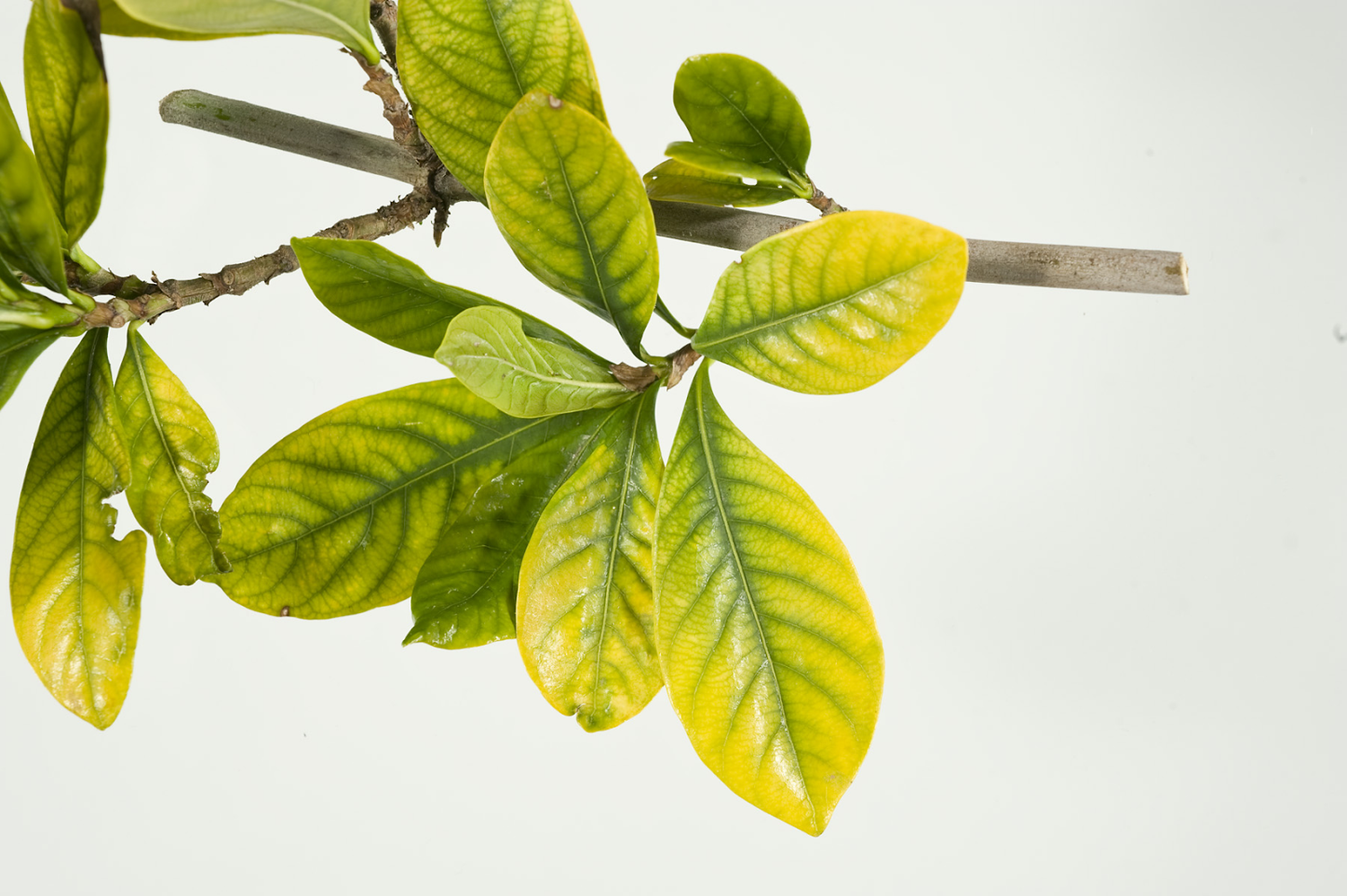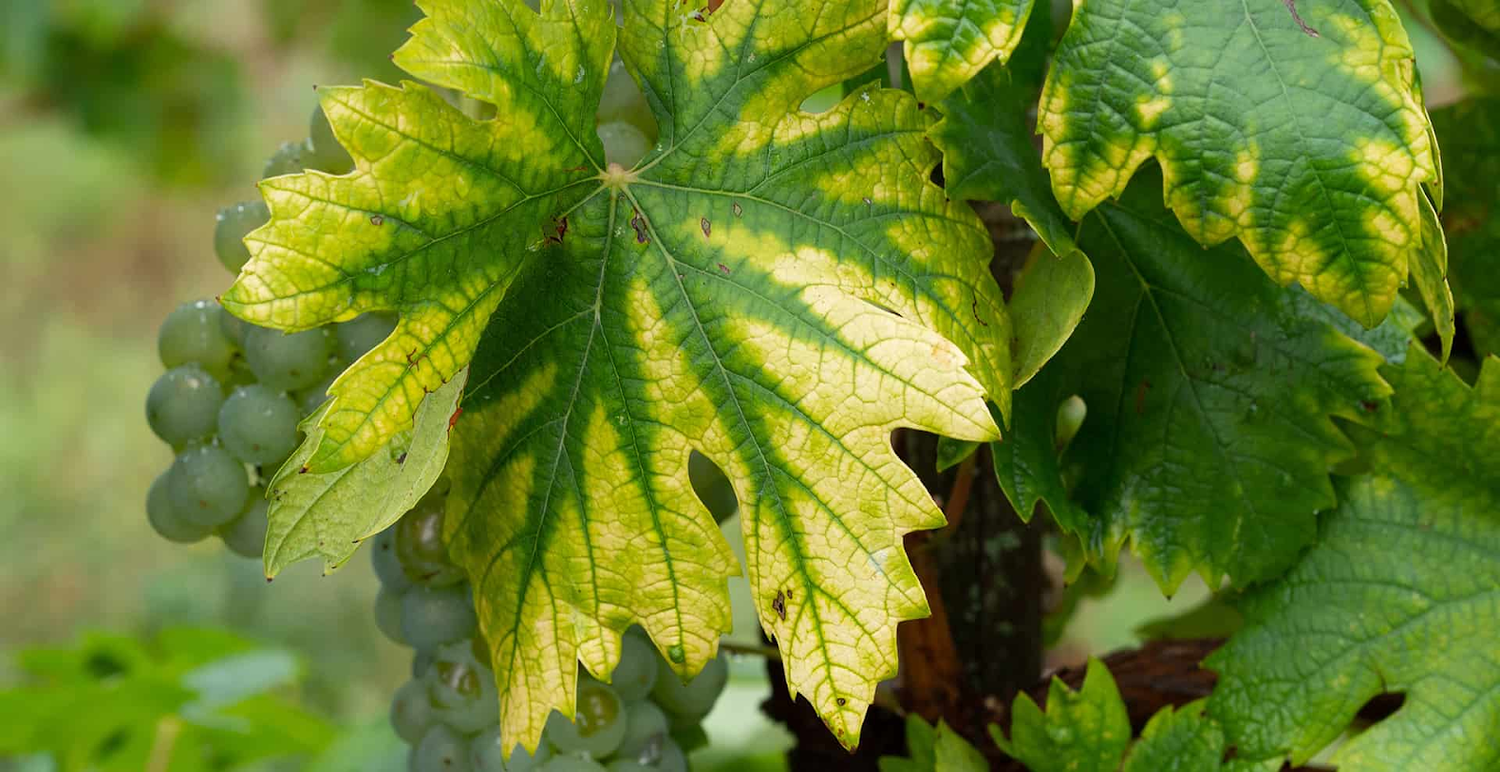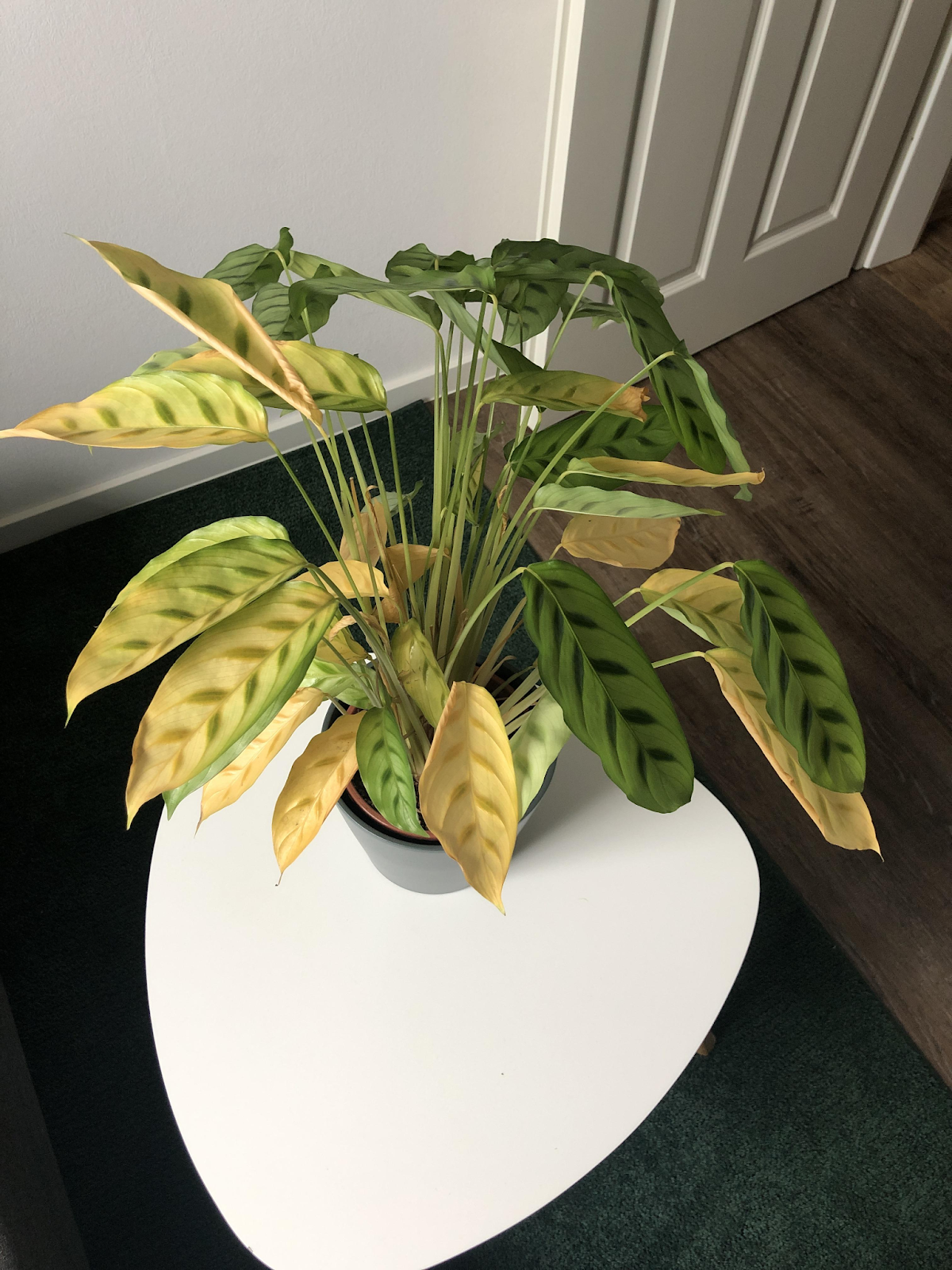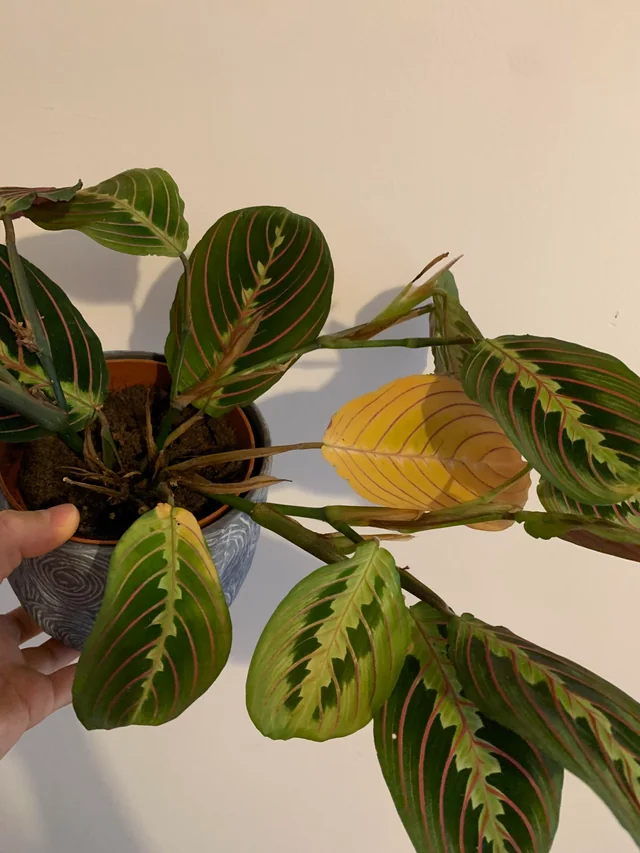1. Overwatering
Watering problems are usually the most frequent reasons behind plant leaves yellowing. When your plants are overwatered, the look and strength of the plant are reduced. Oxygen is being expelled from the soil and the roots are only ‘under aerated’ and starving to death. With this little airflow, the roots will start suffocating and decaying.
Overwatering also results in a variety of fungal diseases. The other thing that should be checked is the moisture status of the soil. Prune the plant by removing a few inches from the stem of the plant. You want to take a small portion of the soil and then compress it between your fingers. If it feels wet or chilly you don’t need to water it as often as you would if the soil is dry.





